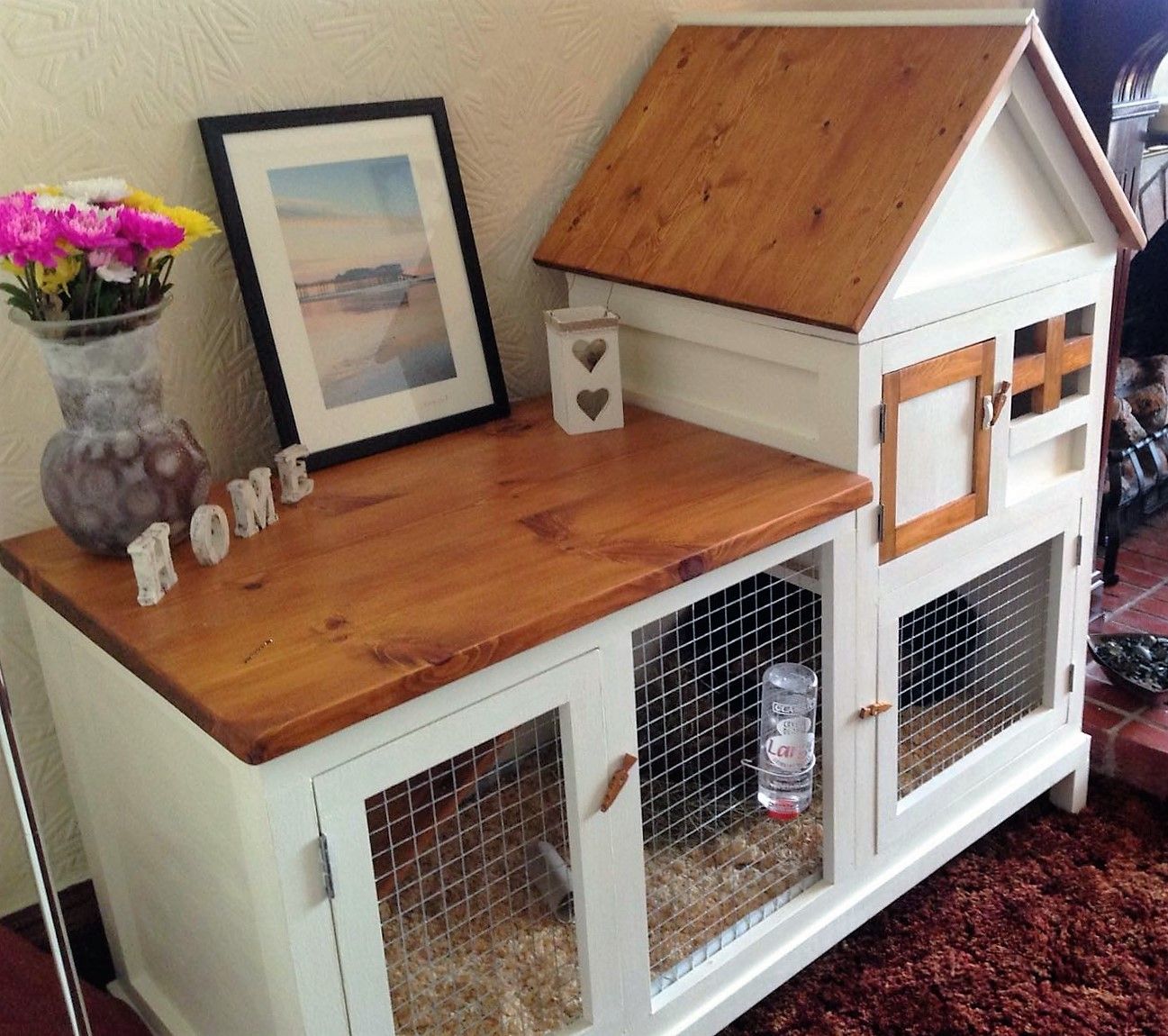Reviewed by Dr.Sarah Yosry
Updated on 08/08/2024
Reading time 5 min.
Overview
Severity: Low
Life stage: All
The character of rabbits is also determined by heredity and breed. Regardless of these factors, these fluffy to varying degrees are characterized by resentfulness, fearfulness and malice. In an aggressive state, the animal can growl and even bite or scratch the “enemy”. There are several common reasons for the appearance of rabbit aggression. If you understand their essence, then you can always correct the behavior of the ward, without resorting to punishment, and the problem will be resolved.
Why does the rabbit become aggressive?
Very often the ill-will of long-eared pets is manifested when the new owner tries to do cleaning in the cage, take out of it bowls, change the water, etc. The fact is that the rabbit is a territorial animal and will always protect its home, that is, in apartment conditions, the cage, so put in order in the dwelling of the pet, having previously let him go for a walk (it is important that the animal came out himself). Over time, try to perform simple actions in the presence of a rabbit in the cage, protecting your hands dense mitten, while trying to gently stroke it: so the animal will gradually get used to your “invasions” and will calmly respond to them.
Conditions of keeping decorative rabbits in the apartment
First of all, equip for the eared dwelling. Rabbits need a lot of movement, it is vital for them a spacious room, because if the animal will be constrained in movement, it threatens him with joint disease, obesity, nervous disorders.
Buy a cage with a length of at least 1 meter. When choosing it, take into account the size of an adult animal and the fact that it should be able to stretch out in length and freely stand on its hind legs.
It’s great if you can buy an aviary instead of a cage or organize an enclosure, giving the rabbit housing a large part of the room. Whatever option you choose, the dwelling should be located in such a place that the pet is not bothered by drafts, sudden temperature changes, direct sunlight, excessive noise. At the same time, the rabbit should not disturb you, take into account that this animal is active in the evening and at night.
Because of the peculiarities of the rabbit’s paws, the grating is contraindicated for long-eared pets, so the bottom of the cage should be solid, but not smooth. For roughness, the tray can be rubbed with sandpaper, and a mat can be placed in the pen. Buy a cage with a retractable bottom, which will make cleaning easier.
In the rabbit dwelling should be stable bowls for food and water, preferably made of heavy material – metal or ceramic, so that the rabbit could not turn them over, hinged hayloft, toilet tray, better corner to save space, with natural filler (except sawdust), wooden blocks or tree branches with bark for sharpening incisors. Later, when the ears will get used to their housing, put there a wooden house for sleeping and hiding, as well as various items of natural materials for climbing: tunnels, rungs, bridges.
Wash the feeder and drinker daily, remove hairballs (when shedding) and food scraps from the cage, clean the litter box. At least once a week, the cage should be washed, bowls and litter tray disinfected, and the cage should be disinfected about twice a month. With regular cleaning, the chances that you will have a rabbit odor problem in your apartment are very low.

Share this, choose your platform!
Writen by
Dr.Sarah Yosry
DVM
A product of a rich Australian/Egyptian heritage, Dr. Sarah Yosry stands as a testament to the union of diverse cultures and a shared love for animals.



